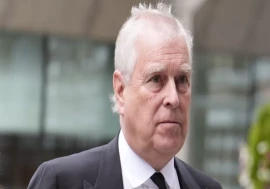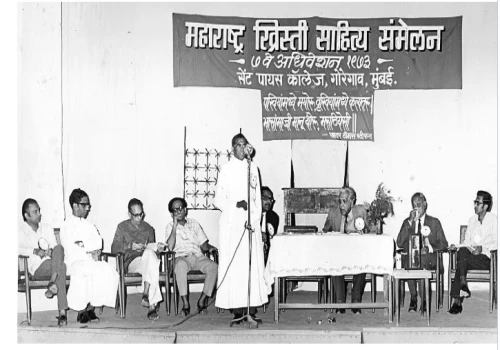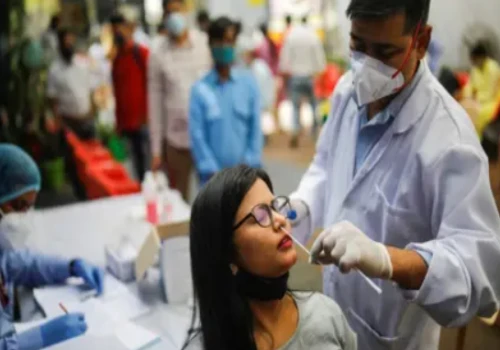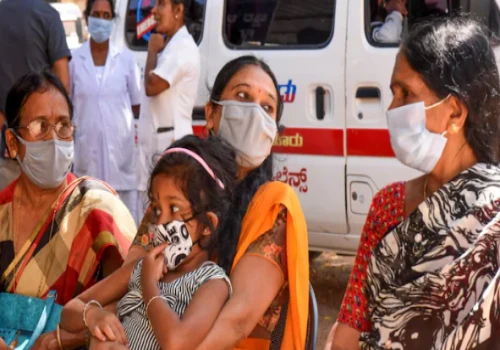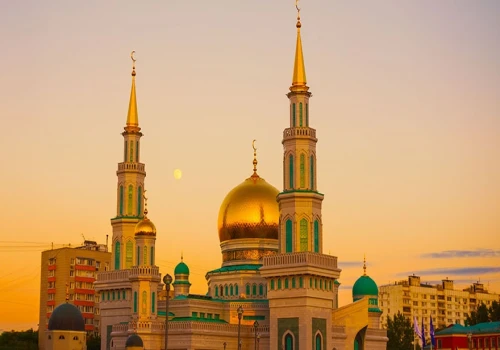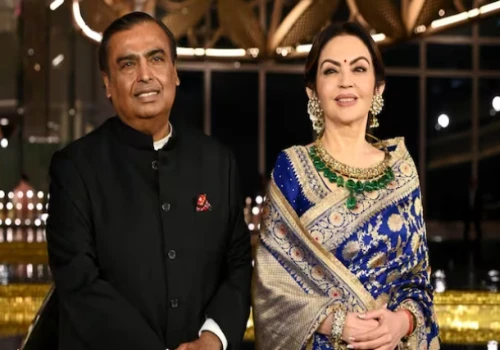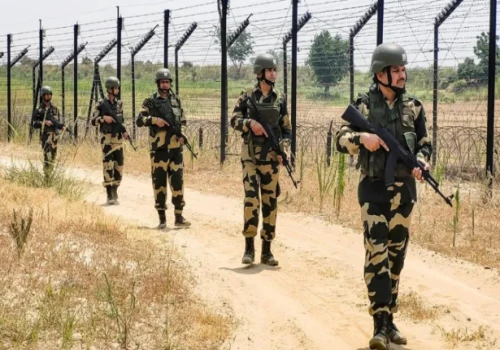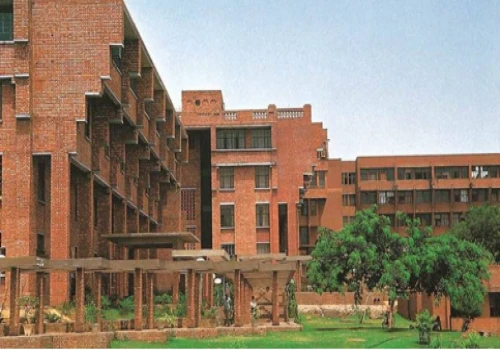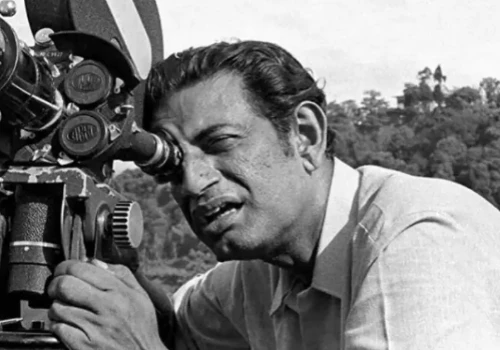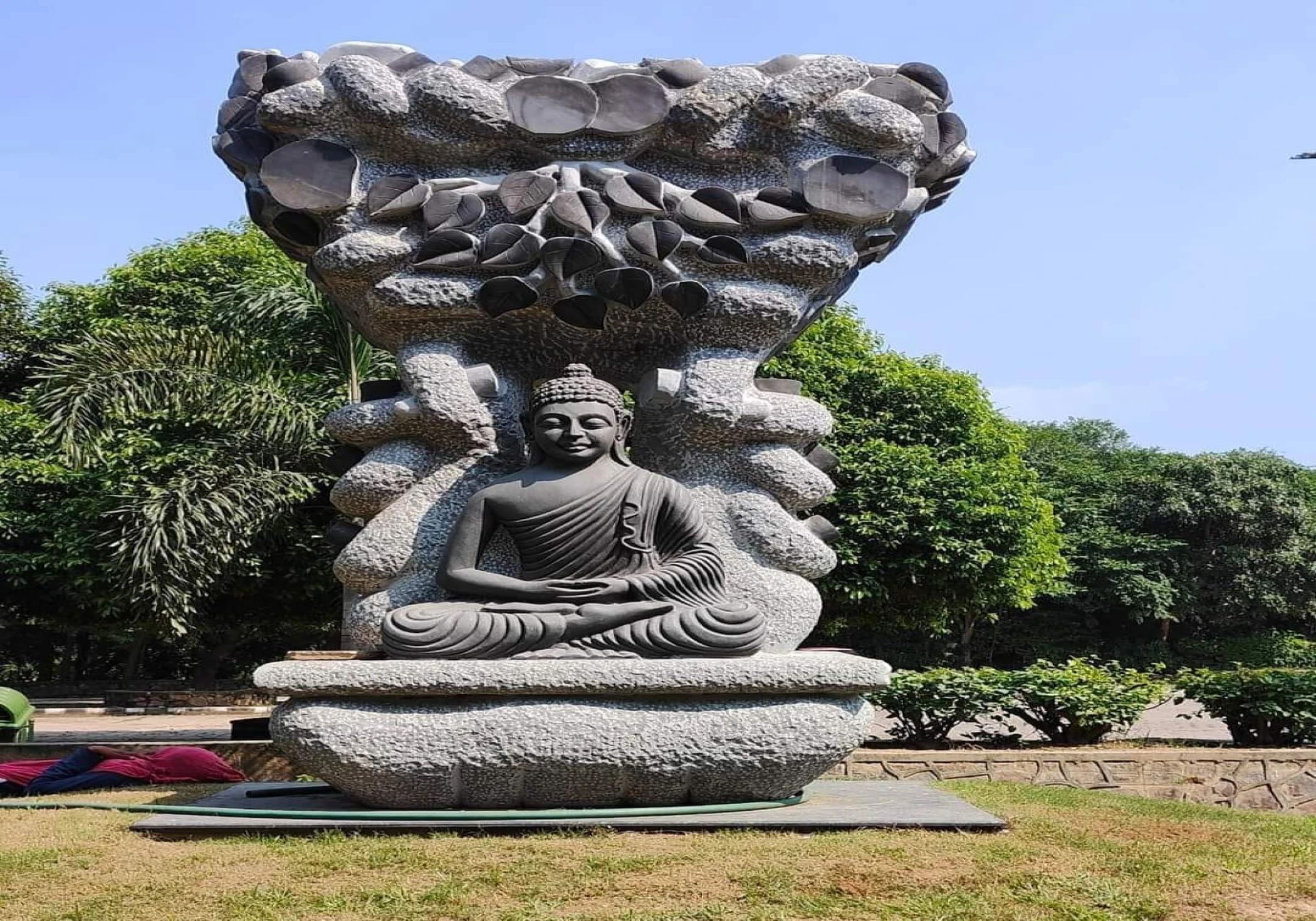
The Buddha Jayanti Park is part of the densely forested region in the central Ridge Area of New Delhi district, India. It takes up over a km on the eastern side of Vandemataram Marg, commonly known as Upper Ridge Road. M. M. Rana, an Indian architect, designed it on the 2500th anniversary of Gautama Buddha's enlightenment. On October 25, 1964, then-Indian Prime Minister Shri. Lal Bahadur Shastri planted a sapling of the Sri Lankan Bodhi Tree here.
You've probably heard of New Delhi's famous Buddha Garden, but you never know who worked all these years to make Budha Garden what it is today. Neeraj Gupta, an Indian sculpture artist and environmentalist, has been the president of Buddha Jayanti Park for many years.
The important works which were executed by Neeraj Gupta with the help of Govt. agencies
The first significant step was to define the limits of the Budha Garden by erecting rubble stone walls in the back portion to separate it from the rest of the central ridge forest region so that Nilgai (Bluebuck) and others do not destroy it.
Gupta created a sculpture on the topic of enlightenment and had it erected at the gate's entrance to make it more beautiful, and with lights at night, it became a point of interest.
The Budha Jayanti Park is located within the territorial jurisdiction of the New Delhi Municipal Council, but it is maintained by the CPWD because it was built by the central government. As a result, basic coordination was required. The CPWD is not a government agency, as a result, New Delhi Municipal Council assistance was required for garbage management, dog sterilization, and electricity delivery, among other things, and coordination between these authorities was lacking.
The permanent Gardens Malis were very few with CPWD, so they hired contractual labor for the day today work and these temporary laborers were encroaching on the garden and causing all kinds of nuisance also. So to shift them from the main Garden and to a place which would not be encroachment in the Garden was a major task.
There were various departments within CPWD responsible for Budha Jayanti Park, such as civil, horticulture, electrical, raw water supply, architecture, and so on, and coordination between them was completely lacking. I arranged regular coordination meetings in which not only these several departments but also other agencies such as NDMC, Forest, DJB, Delhi Police, and PWD were invited to have a coordinated approach. Many fruitful results emerged from these meetings. such as the dustbins were put across the garden; garbage was collected in them and transported to DHALAO for regular disposal.
The forest department had a wall built outside the Budha Garden boundary wall, completely concealing the Budha Garden from the roadside. To overcome this, beautiful gates of matching landscape of Budha Garden landscape designs were erected at a significant height to make it attractive and noticeable from the roadside.
Kul Babool was once brought to Budha Garden to provide greenery without the need for manpower. But it was annihilating the original Flora. To counteract this, Native species were planted every year.
All the lawns of the garden that had been completely destroyed or were in steady decay were revitalized.
The significant and important messages of Lord Buddha were etched on stone and set at strategic locations to create the Garden of Spiritual Wisdom.
The most important feature of this garden was the Bal Bodhi Tree which was unique and one of its kind in India. This story was engraved on the stone got it erected adjacent to it so that people know of this great heritage. Also, the Satchi Stup style structure was erected around the Bal Bodhi tree to enhance its significance.
Bal Bodhi Tree (SACRED PEEPALS)
It is said that Gautam Buddha attained enlightenment while meditating under a peepal tree growing in Bodh Gaya (Bihar), and that this tree became known as the 'bodhi tree'. The original tree no longer exists, but around 288 BC, a sprig of the bodhi tree was carried to the Sinhala capital city of Anuradhapura (in the hills of northern Sri Lanka) and planted in a temple. Because of its link with the Buddha, the twig developed into a tree and was revered as the Sri Maha Bodhi. There was also a notion that Ceylon's ruling dynasty would be preserved as long as the Sri Maha Bodhi remained alive, therefore the tree was cared for and guarded 24 hours a day, seven days a week.
For approximately 1300 years, 116 successive Sinhala kings ruled here, but following an invasion in the 9th century AD, the city was abandoned for another location. The dynasty lasted for a short time. The city, hidden in dense jungles, became unreachable for many ages, as did the Sri Maha Bodhi tree. Only in the twentieth century was Anuradhapura 'rescued' from the bush and reopened to pilgrims and visitors. Surprisingly, the Sri Maha Bodhi tree was still alive, indicating that it was well over 2000 years old! It is still a prominent pilgrimage site in Sri Lanka today.
In 1964, the Sri Lankan President brought a twig of the Shri Maha Bodhi Tree and planted it in the presence of the Indian Prime Minister in Budha Garden, where it is now known as the BAL BODHI TREE.


